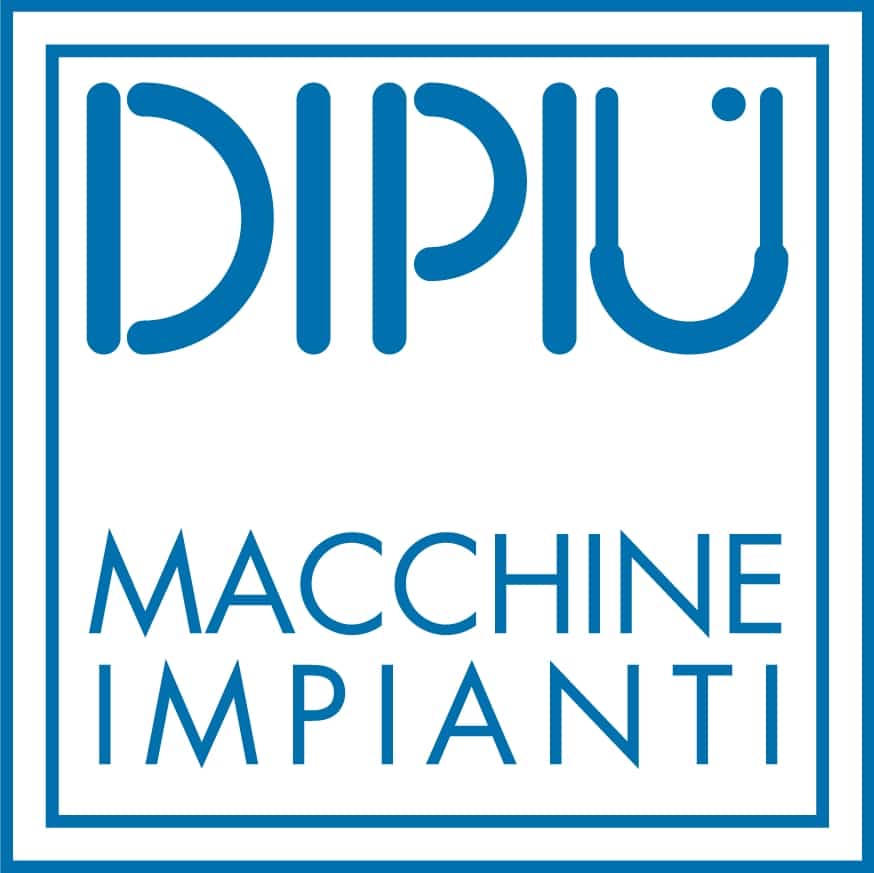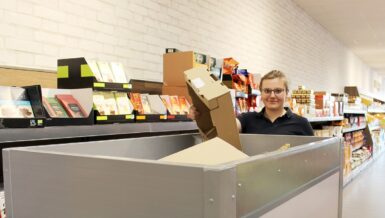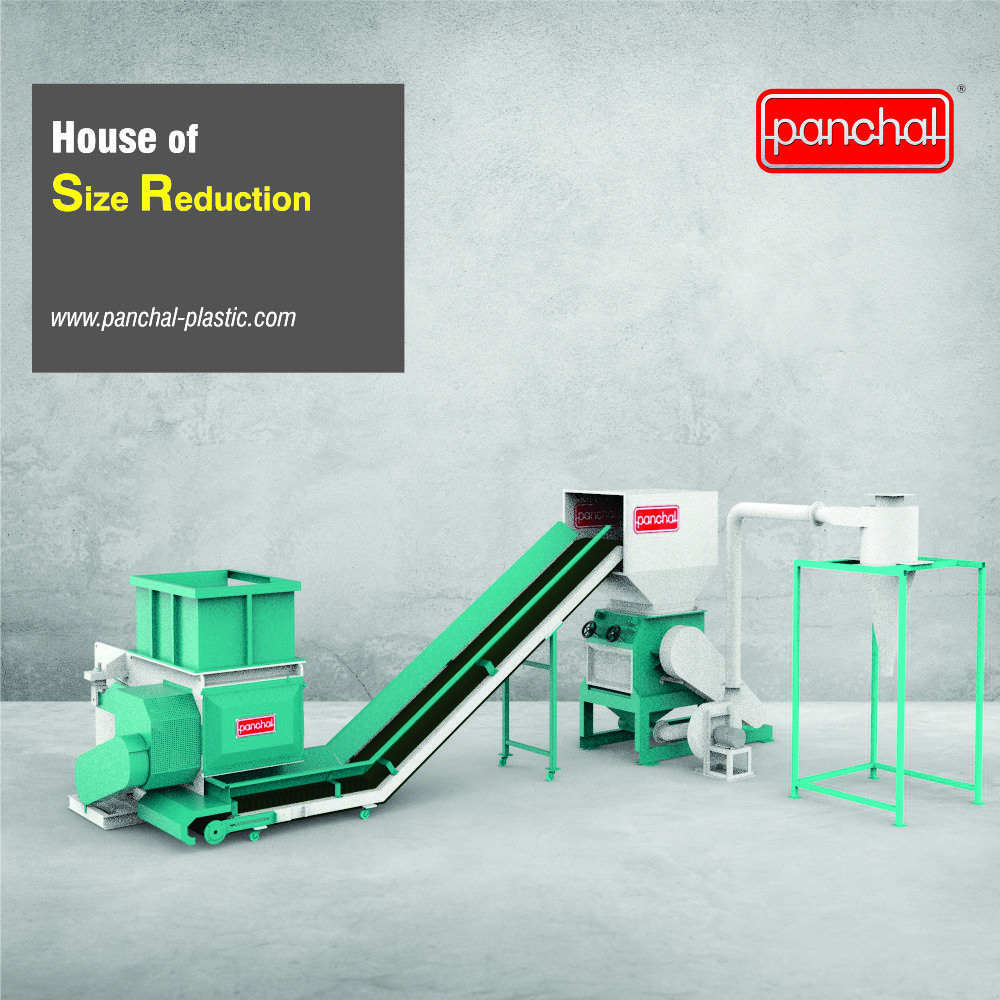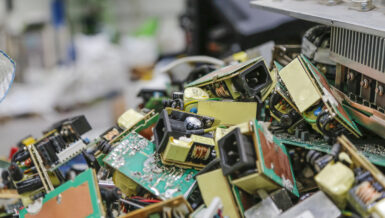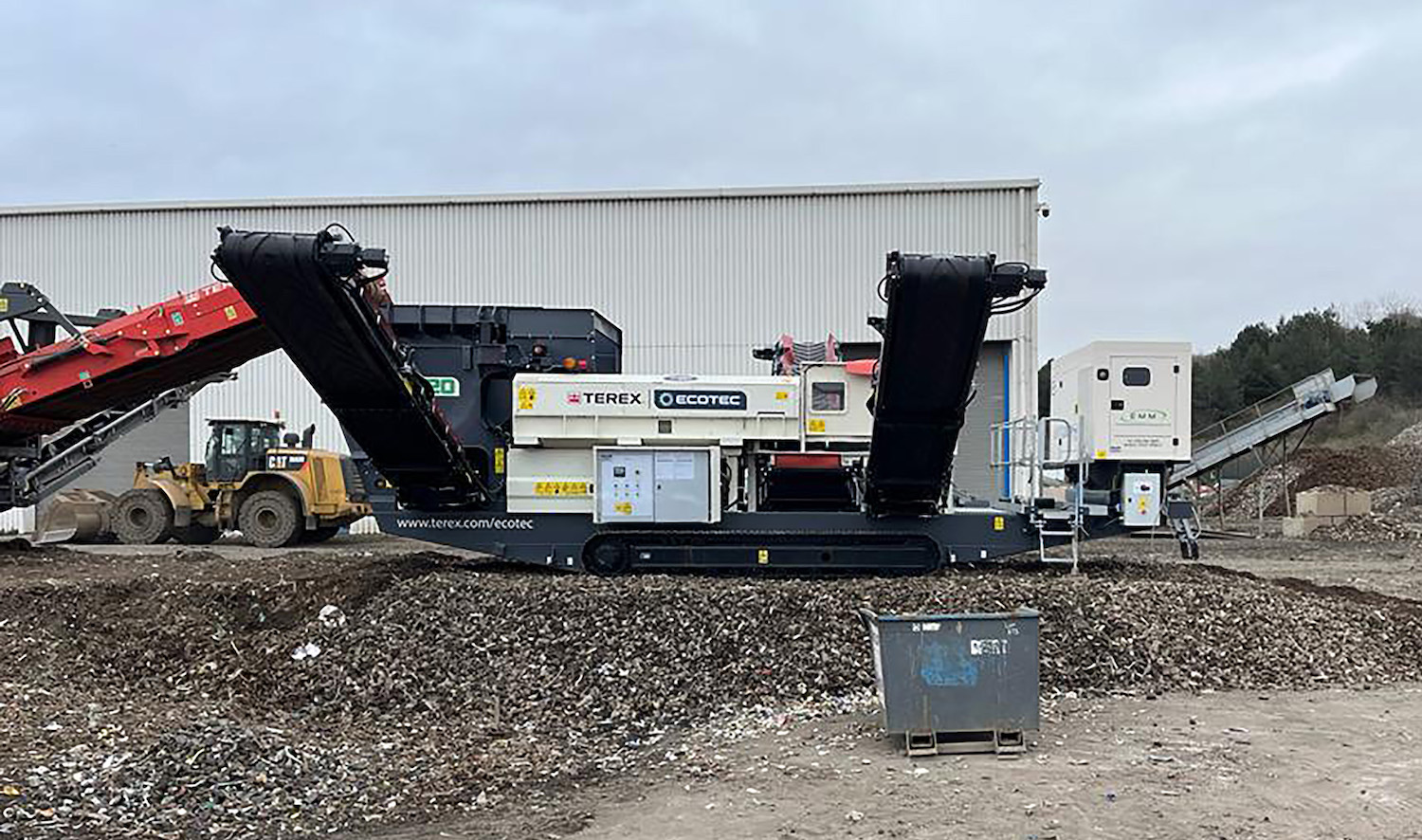The sludge is obtained from the manufacturing of steel gears, their density is 0.38 kg/dm3 and contains a good amount of the lubricating coolant (pure cutting oil) used during the machining process. The local area around the manufacturing facility has a strong environmental protection focus and the local government has been deliberating how to best protect the local environment, including landfill regulations.
With the goal of optimizing production efficiencies, the company has decided to install briquetting equipment, composed of a hydraulic briquetting press model SLUDGEBRIK HB2 200/70 with a feeding system for sludge loading. The SLUDGEBRIK series has been specially developed to process metal sludge, reducing its volume and optimizing the recovery of cooling lubricant.
For the best briquetting performances, for any type of metal processing sludge, properly developed PLC programming is crucial. Programing regulates the pressing cycle in several steps and the pressure in each step can be set by the operator. Every development has been observed in order to minimize the wear characteristics, by circumscribing the entire pressing process in several different points of the compression chamber. The hydraulic briquetting press series SLUDGEBRIK were designed and built to work 24/7. Thanks to this process solution, they are able to take an initial average density of the sludge of 0.38 kg/dm3 pre-treatment to a post-treatment density of 2.13 kg/dm3. That is an average volume reduction of 70%. This already represents a considerable economic advantage due to savings in waste management, without considering the environmental benefit.
The most significant aspect that determines the return of the investment is the recovery of the cooling lubricant: in this case, 52% of the weight of the incoming material is the lubricating coolant which is recovered during the pressing process. A diaphragm pump placed in the base of the machine conveys the lubricant oil in a container to be subsequently filtered and reused in machines for mechanical processing.
Since, in this manufacturing facility, the recovery of coolant lubricant is on average 30 l/h, the costs of the investment are fully recovered in a year and a half. In this geographic area several n.6 SLUDGEBRIK briquetting presses are installed and well-functioning as evidence that a reduction in environmental impact in the treatment of metal sludge is not only possible but also profitable.


